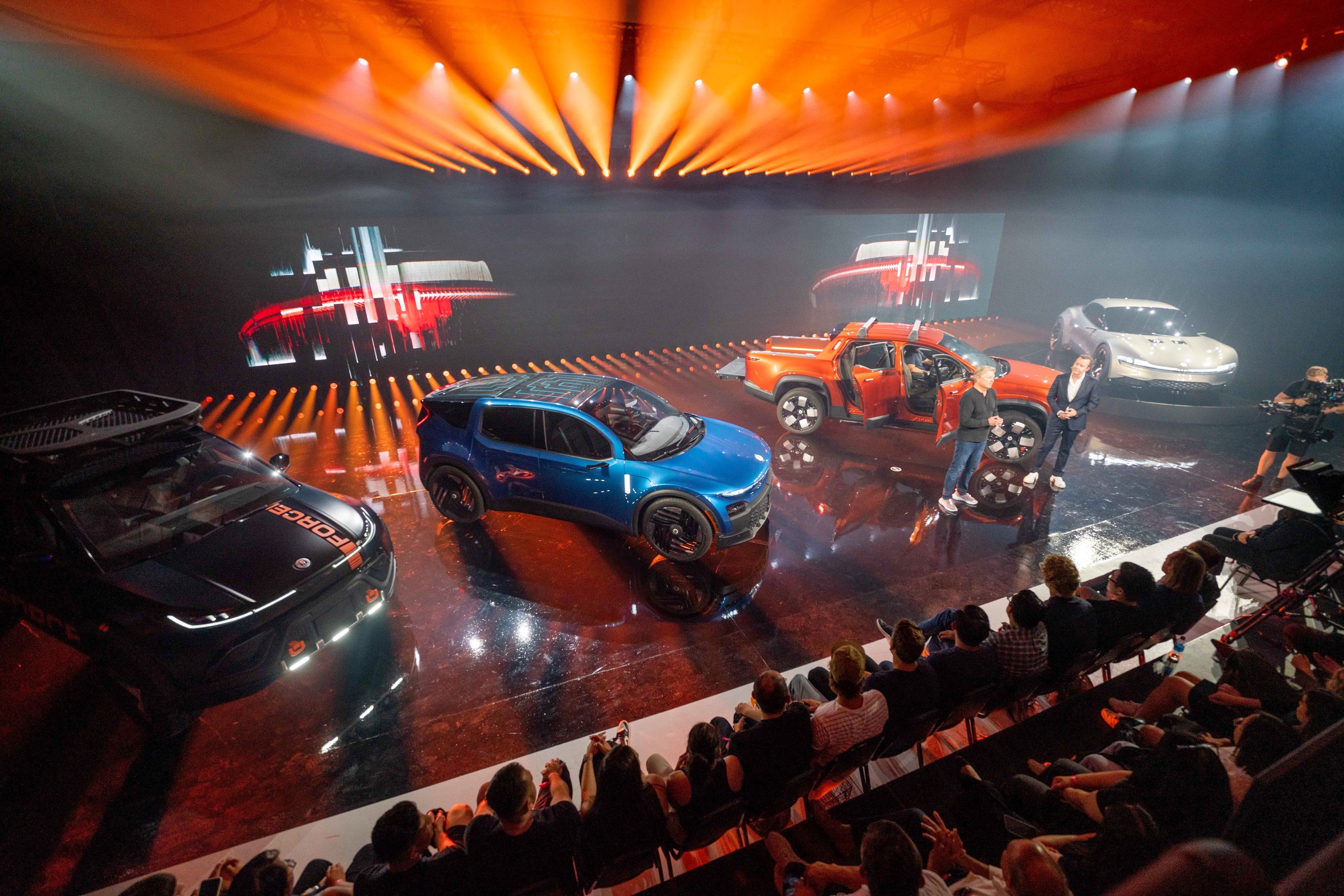
American electric car startup Fisker, led by Danish designer and entrepreneur Henrik Fisker, held an event in Huntington Beach, California, USA called Fisker Product Vision Day 2023, which showed live four previously announced new products — the Fisker Ocean crossover with the Force E off-road package, the Ronin 4-door sports convertible, the Pear urban crossover and the Alaska pickup.
For Fisker, his current company of the same name is already the second in a row: the first, we recall, went bankrupt, was sold to the Chinese manufacturer of automotive components Wanxiang and is now called Karma Automotive. The plans of the current Fisker Inc. They changed several times, but in the end, Fisker still had a clear idea of u200bu200bthe lineup, which will consist exclusively of electric vehicles. Last fall, the Magna Steyr plant in Graz, Austria, launched production of the Ocean mid-size crossover. Production rates were lower than expected due to crude crossover software, Fisker Inc. profits. until it brings — only losses, but Fisker does not lose heart and expects that as the lineup expands and the business scales, things will go smoothly and the money will flow like water.
Fisker Pear 1/3 Fisker Pear 2/3 Fisker Pear 3/3
Fisker's main commercial hope is the «revolutionary» Pear urban crossover, production of which should begin in mid-2025 at the Foxconn plant in Lordstown (USA, Ohio), in the future, Fisker wants to sell a million such cars a year. Fisker Pear has developed its own SLV-1 platform (probably with the help of Foxconn) and the Blade supercomputer for rich multimedia capabilities that should attract a younger audience to Pear. Fisker said that Pear will have 35% fewer parts than other electric vehicles in its class (for example, armrests in all doors are exactly the same), due to this and mass production, the price will be very attractive: in the US — from $ 29,900, and including federal subsidies — from $ 22,400. The power plant is twin-engine (one motor per axle), the estimated range on a single charge is 482 km.
Fisker Pear 1/2 Fisker Pear 2/2
Fisker Pear has some interesting features. The cabin can accommodate up to six people, as the front passenger seat can be double. The front and second row seats can be laid out in a bed and take a picnic nap. The tailgate does not open, but lowers (first the glass, then the board), thanks to which you can get/put things even in the tightest parking lot, but the opening due to this design (it's called Houdini) turned out to be quite modest. Solar panels are installed on the roof to power the battery. The front trunk is called Froot, and Fisker suggests carrying picnic food in it so that its smell is not felt in the cabin. The A-pillars are curved for better visibility, and the windshield is panoramic. A lot of shelves and drawers for small things are promised in the salon.
Fisker Alaska 1/7 Fisker Alaska 2/7 Fisker Alaska 3/7 Fisker Alaska 4/7 Fisker Alaska 5/7 Fisker Alaska 6/7 Fisker Alaska 7/7
The Alaska monocoque pickup is a derivative of the Ocean crossover and is positioned as the lightest electric pickup in the world. Alaska should enter the market in 2025 and cost from $45,400 (with subsidies — from $37,900). The target range on a single charge is 370-550 km, depending on the modification. The useful length of the body is 1372 mm, but it increases to 2804 mm if the tailgate is folded down and the partition between the cab and the body is lowered (the design is the same as that of the Pear tailgate). The interior of the Alaska is roughly the same as the Ocean crossover, but with some practical additions like a front passenger's tablet holder, a cowboy hat holder in the second row, and the world's largest bottler between the front seats.
Fisker Ronin 1/5 Fisker Ronin 2/5 Fisker Ronin 3/5 Fisker Ronin 4/5 Fisker Ronin 5/5
The Ronin sports convertible is the flagship of the lineup, it will be small-scale and expensive, its main competitor is the upcoming second-generation Tesla Roadster. Fisker Ronin is designed for five, has four doors (rear doors open against the main course) and a folding hard top made of carbon fiber. The three-engine power plant will produce more than 1000 hp, up to 60 mph (96.56 km/h) Ronin will be able to accelerate in 2 seconds, the cruising range on a single charge is 965 km. The proportions of Ronin are a bit like the ever-memorable Fisker Karma (now Karma Revero). Production of the Fisker Ronin should start around the end of 2025, the price has not yet been announced.
Also, the Ocean crossover with the Force E off-road package was shown as part of Fisker Product Vision Day 2023, but we have already discussed in a separate note. The full broadcast of the presentation is available on YouTube.
The American media are generally skeptical about Fisker's chances to implement all the planned projects within the specified time frame, but nevertheless they want him to succeed. We join these wishes.




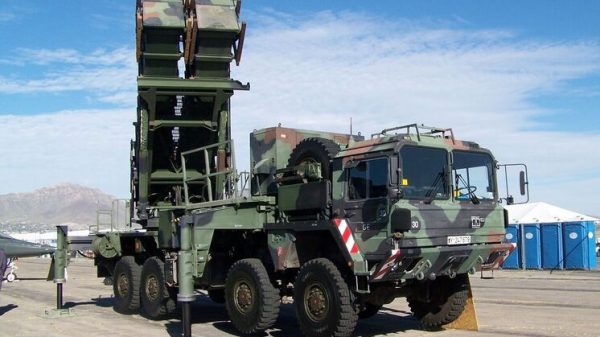



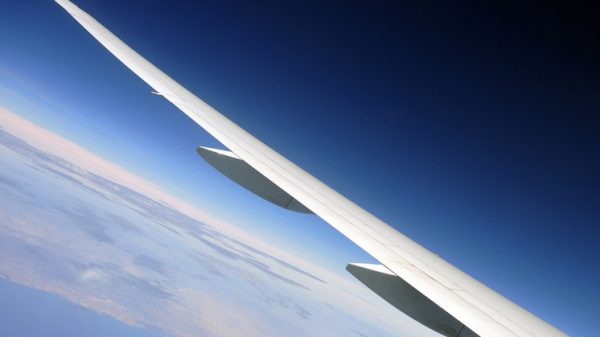





















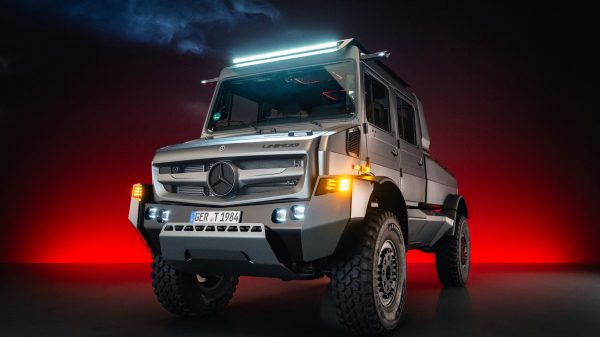

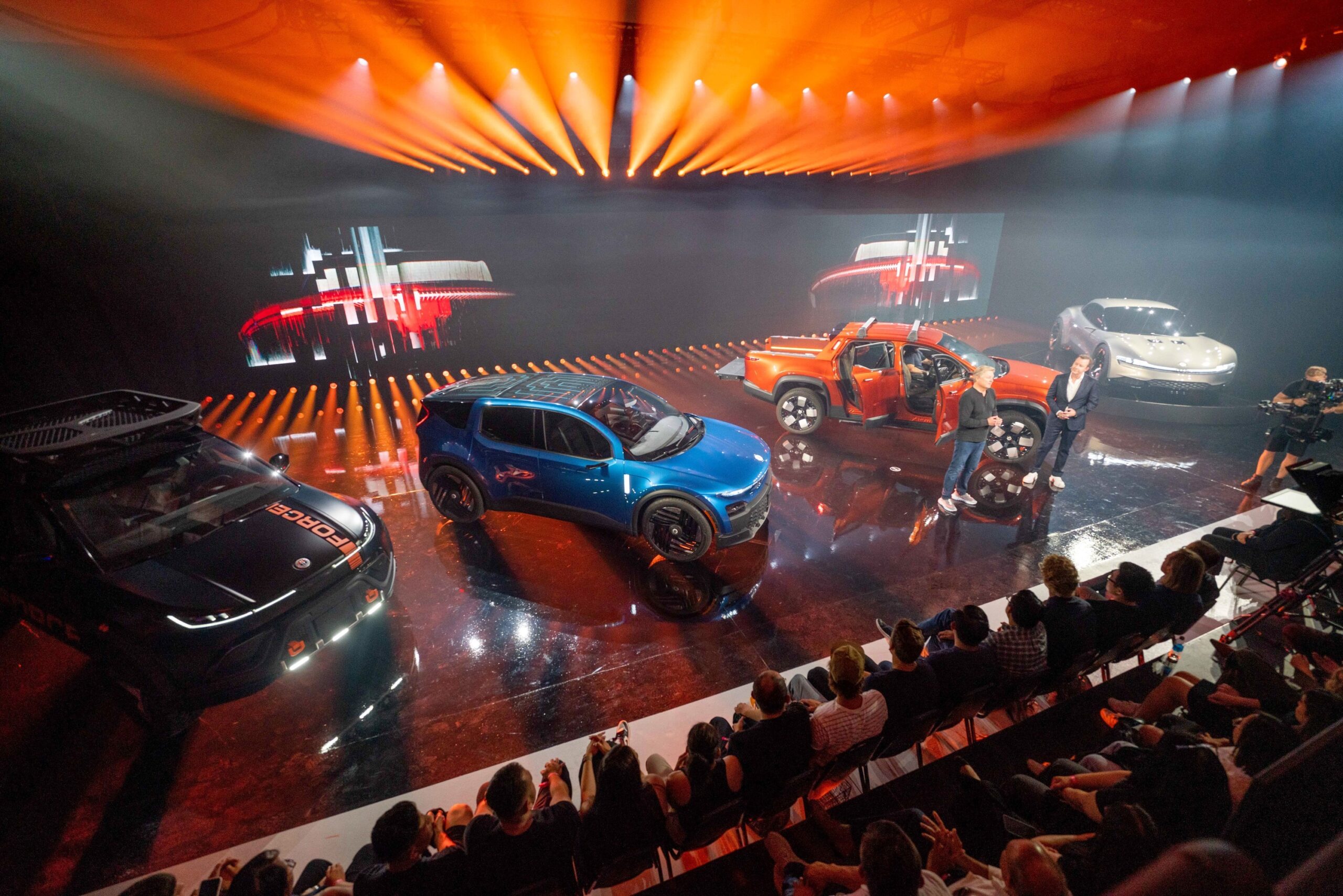

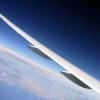












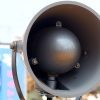






Свежие комментарии